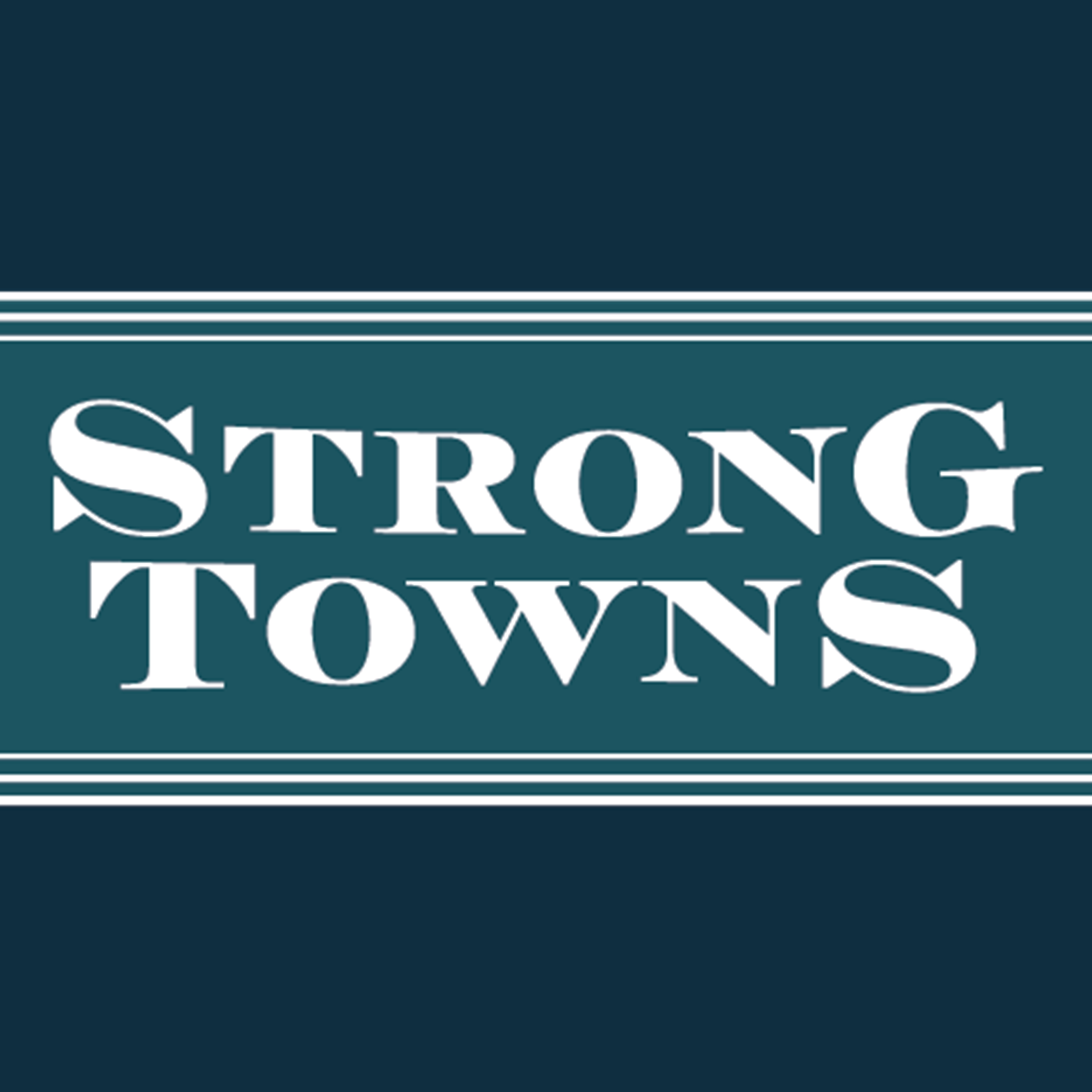Steve Mouzon: Living Traditions and the Original Green
Podcast: The Strong Towns PodcastPublished On: Mon Aug 12 2019
Description: “Green” is all around you these days, and increasingly it’s a buzzword when it comes to our built environment. LEED-certified construction, high-tech permeable pavement, electric vehicles: there’s no shortage of technological innovations that someone has touted to be the sustainability silver-bullet. Go to a construction-industry conference, and you can visit the timber booth and receive a sales pitch on why timber is the most sustainable material out there… then round the corner to the steel booth and be told the same thing about steel. Architect Steve Mouzon, though, thinks something is missing from our modern-day obsession with what he calls “Gizmo Green” consumerism. Mouzon defines Gizmo Green as “the proposition that with better equipment and better materials we can achieve true sustainability. [But] there are so many other things [to sustainability] that people are just completely missing.” Mouzon is the author of The Original Green, one of the most criminally under-appreciated books in architecture and urban design—and one of the major influences cited in Charles Marohn’s upcoming Strong Towns: A Bottom-Up Revolution to Rebuild American Prosperity. We invited Mouzon to drop in to the Strong Towns Podcast to discuss the Original Green concept and some of his recent work. The Original Green is all about the low-tech—but deceptively sophisticated and effective—sustainability that our ancestors knew. They were economical in their use of resources, because they had to be. They built their towns to maximize the convenience of the lowest-tech, least energy-intensive means of transportation there is: two legs. And they built in ways that could endure natural disasters—because the price for not doing so was often death. Their hard-won knowledge became living traditions passed down across generations. For thousands of years, city-builders copied what they knew worked, and occasionally improved on it. If those improvements stood the test of time, they became part of the living tradition. This was a time-tested way of building places that were sustainable, wealth-generating, resilient in the face of crises, and—last but certainly not least—lovable. “We do this because…” An Original Green approach doesn’t assume nothing new has value, any more than it makes the destructive modern assumption that “nothing before us is worthy of us.” There’s nothing wrong with innovating. But we should do so, says Mouzon, from a starting point of appreciating and respecting the value of the living traditions we’ve inherited. Take a long walk. Look at everything around you. Ask, “Why would they have done that?” about every design choice. Maybe it was for a reason that is still relevant today. Maybe it was for one that died with them. Maybe a practice our ancestors adopted for one reason (like small window panes because of the limitations of 17th century glass-making technology) is relevant to us today for a totally different reason (diffusing light throughout a room in a more pleasing fashion). We know this much: spend a day reading Mouzon’s work, and you’ll never look at the world around you the same way again. Check out this week’s Strong Towns Podcast for more conversation with Steve Mouzon of The Original Green. (Cover photo by Steve Mouzon)
The note was deleted
The note was saved
Your message was sent
